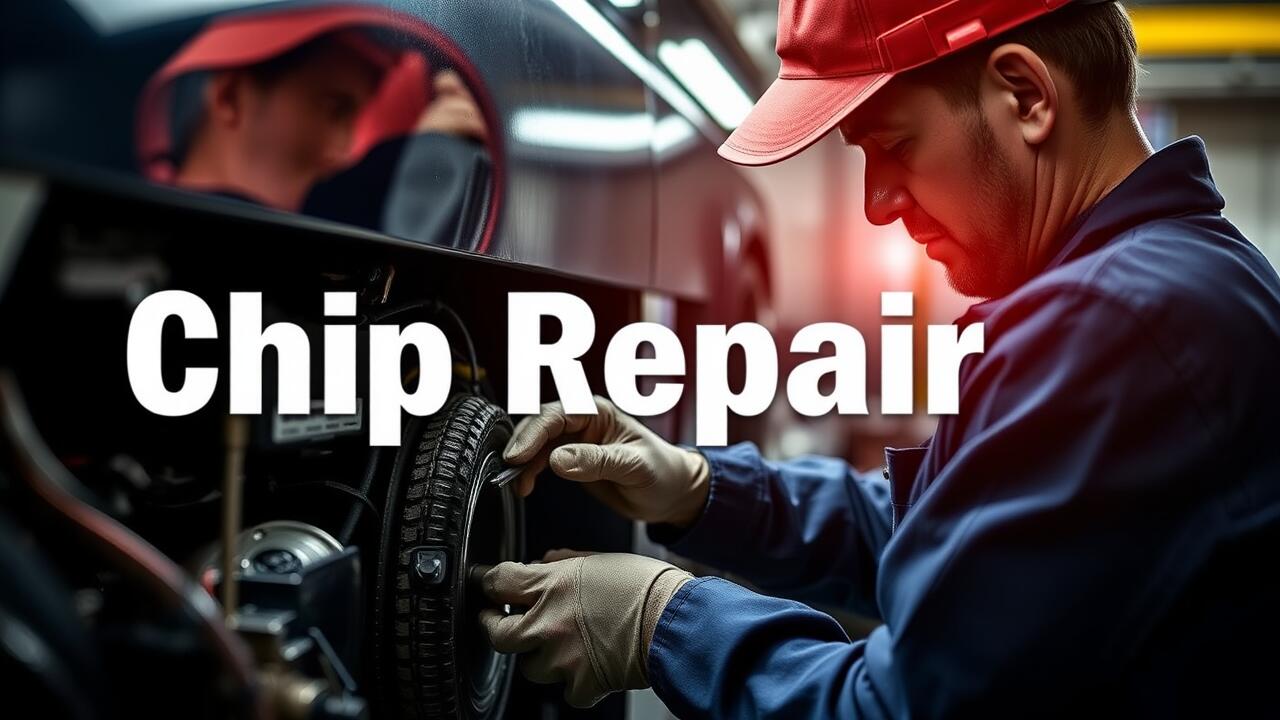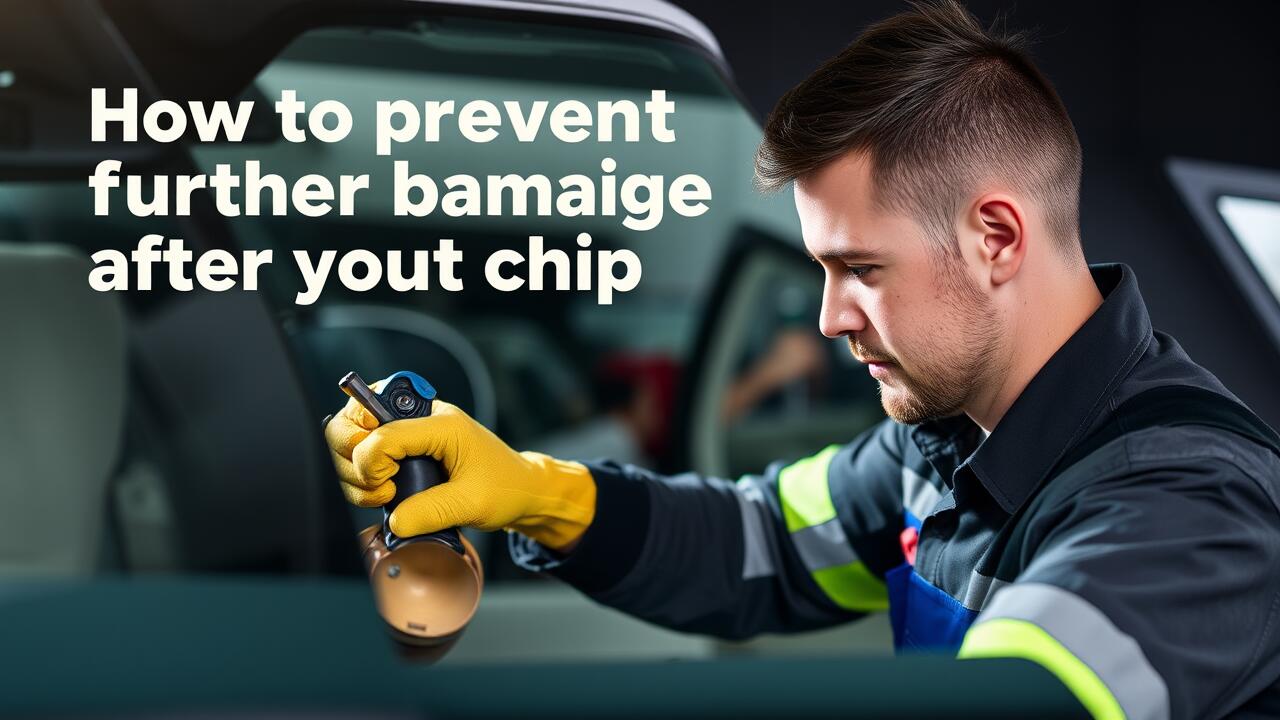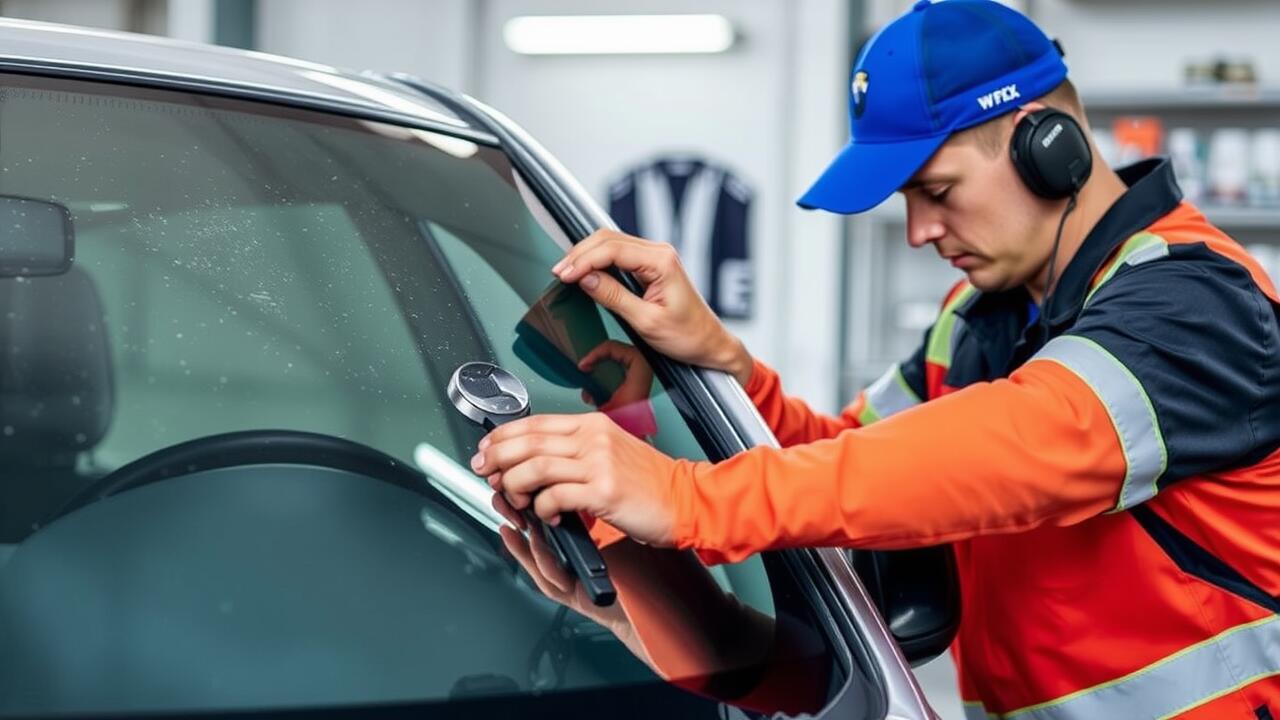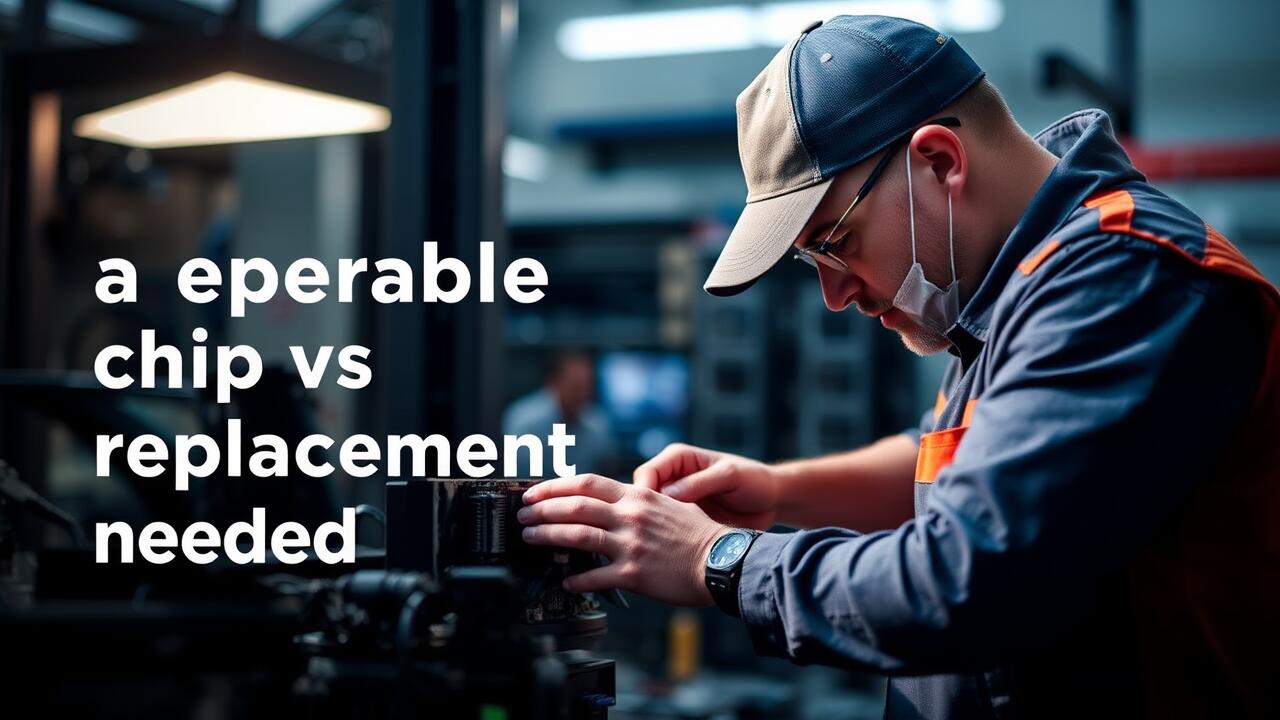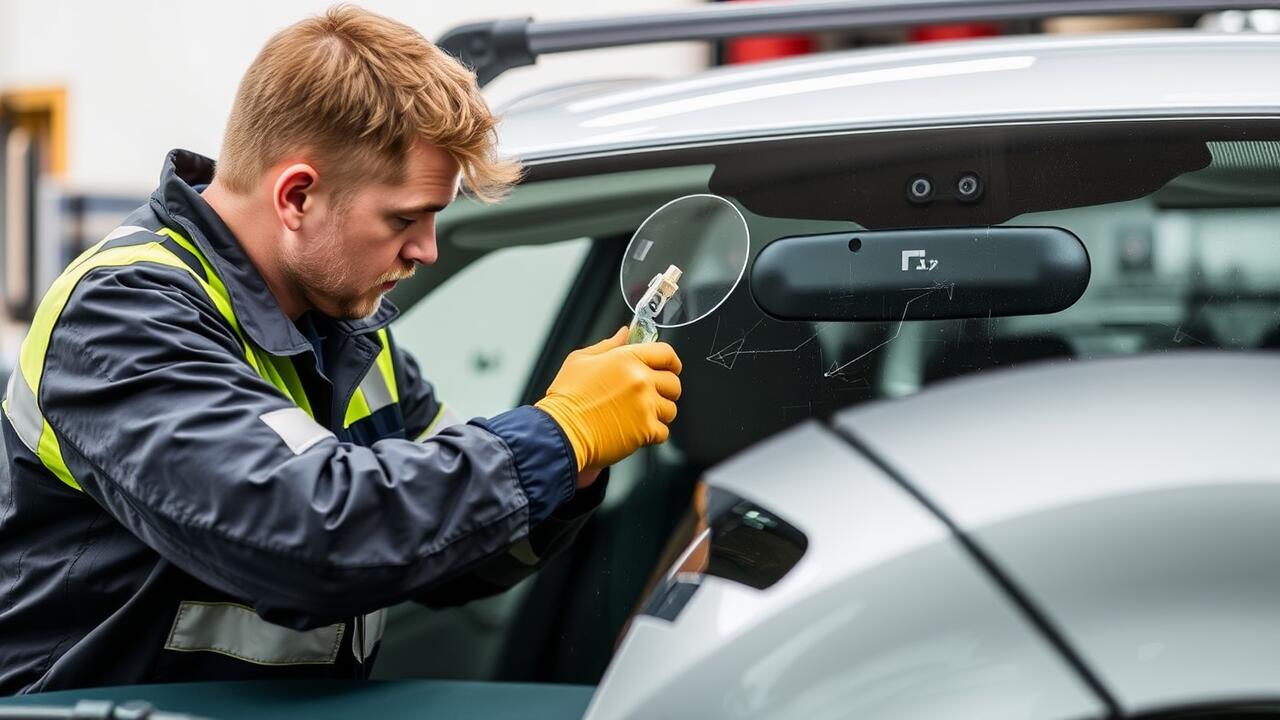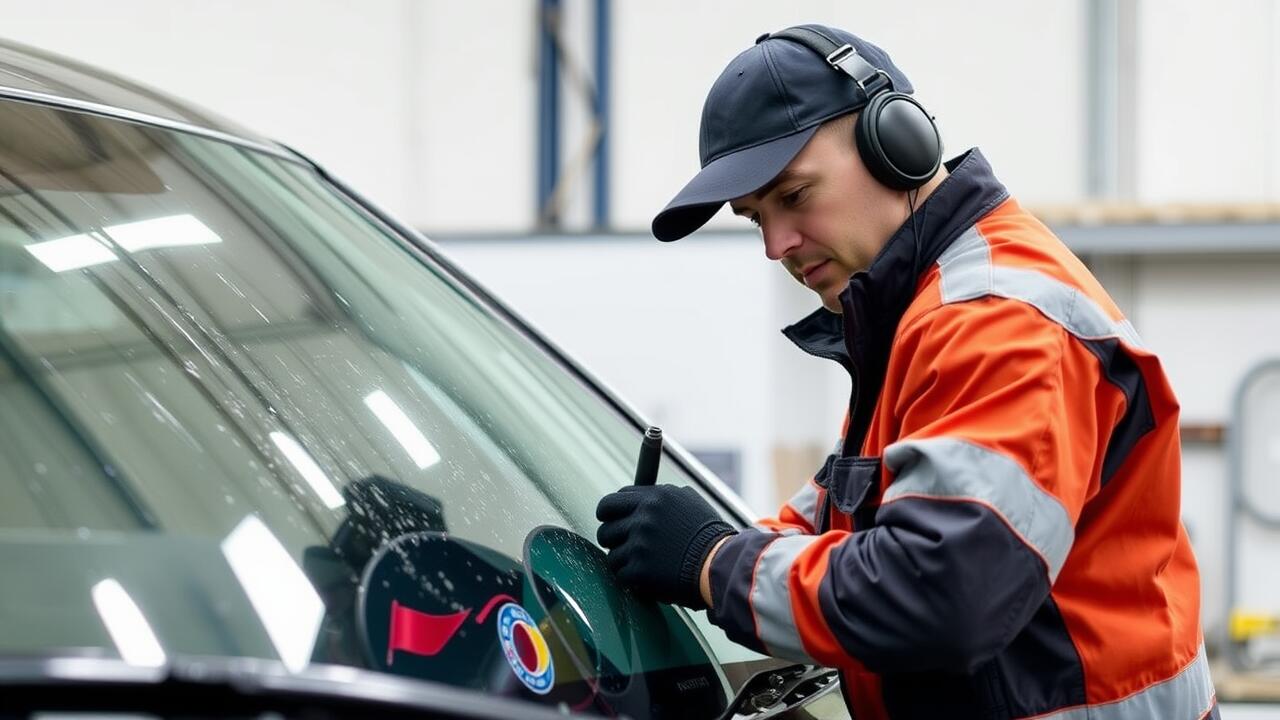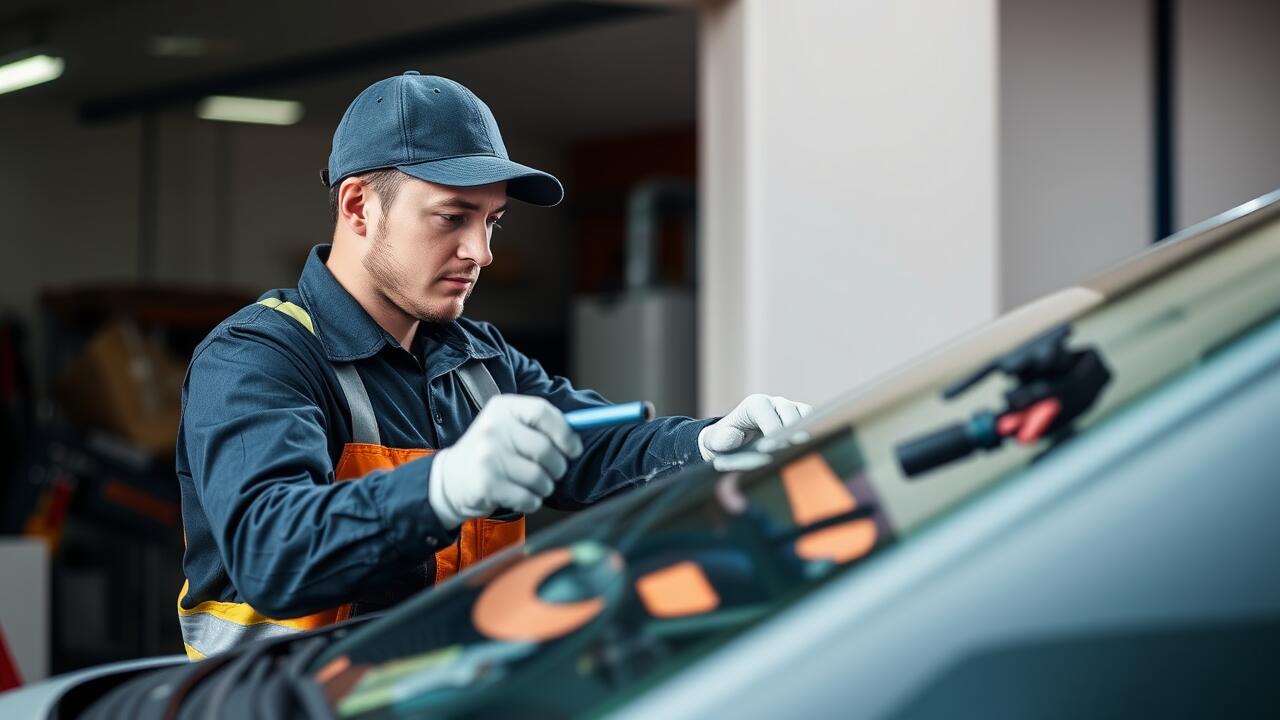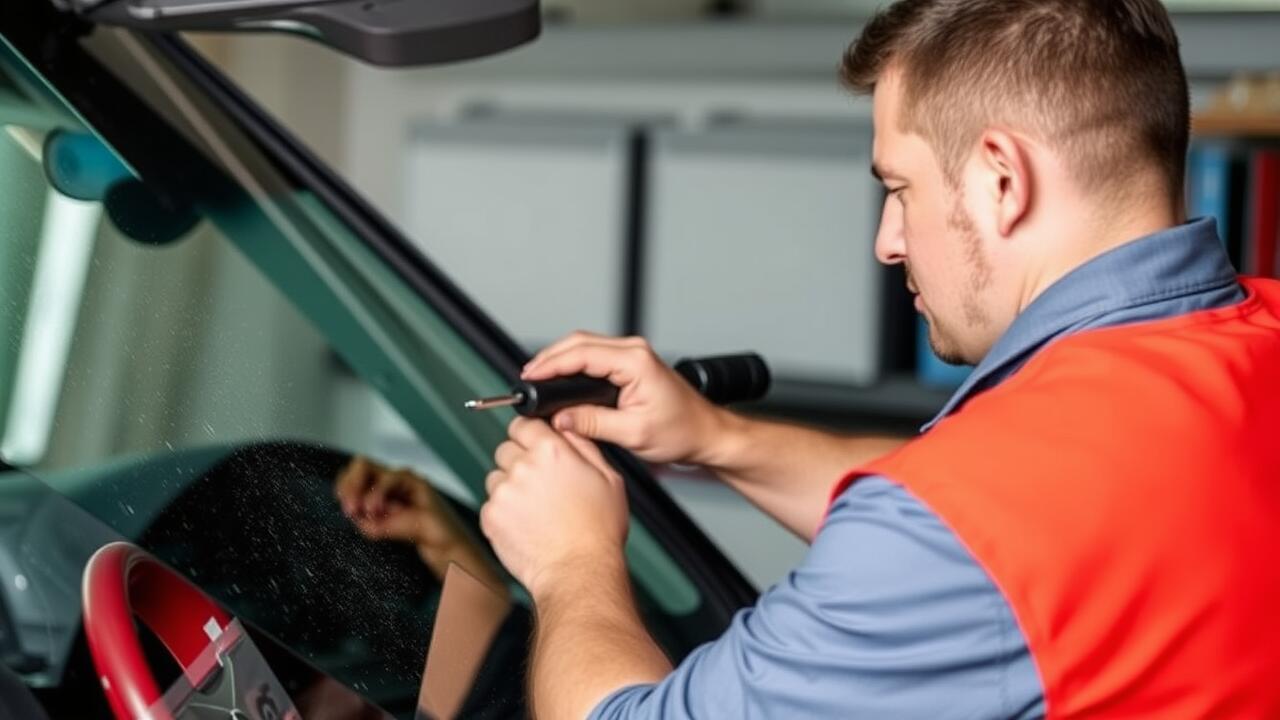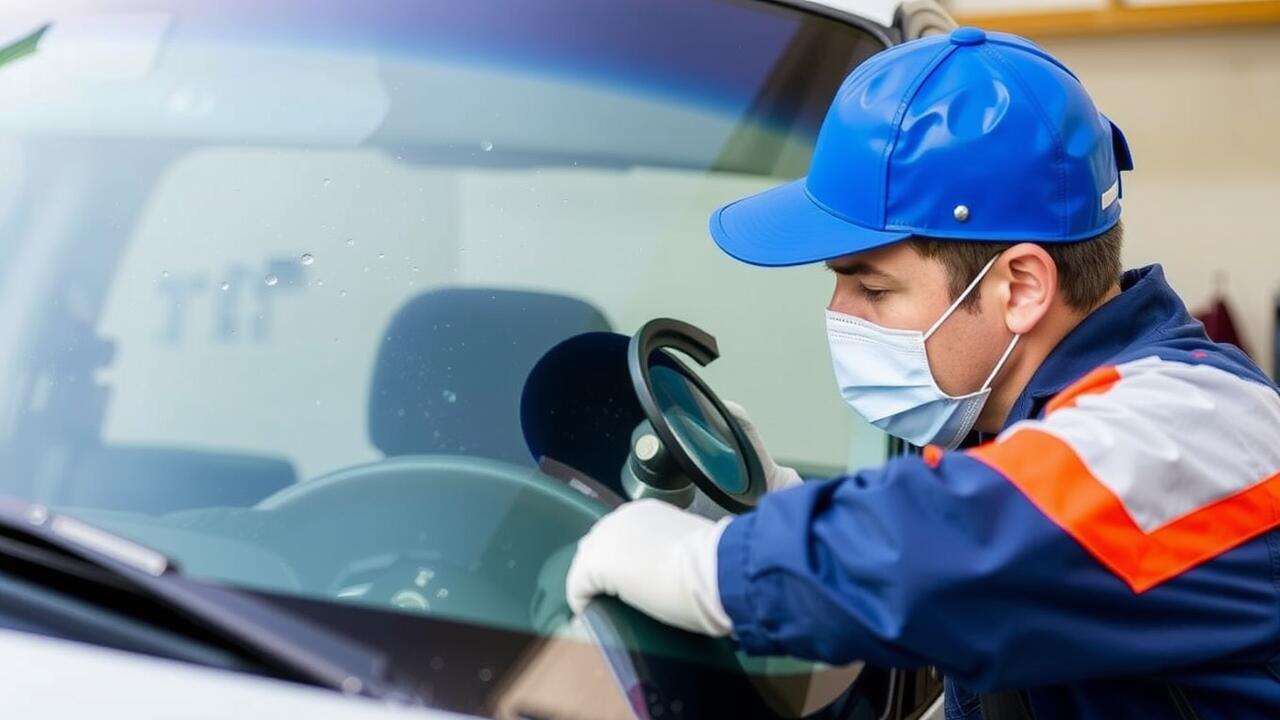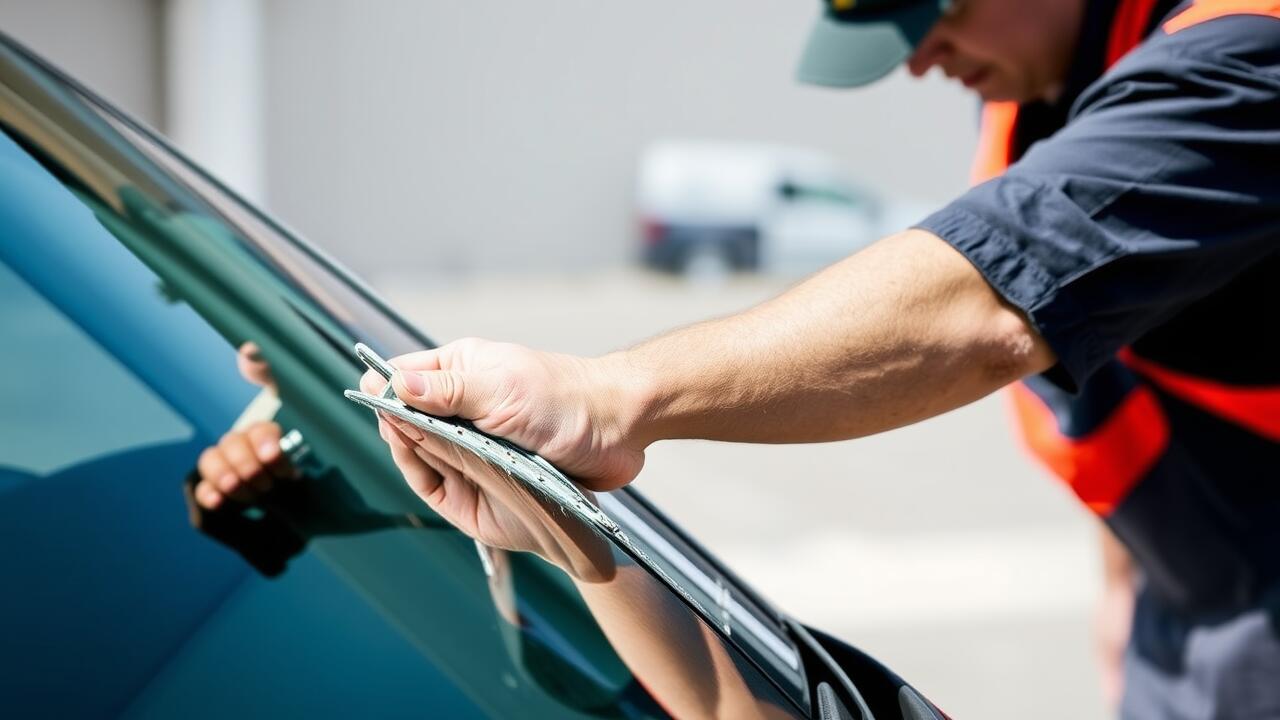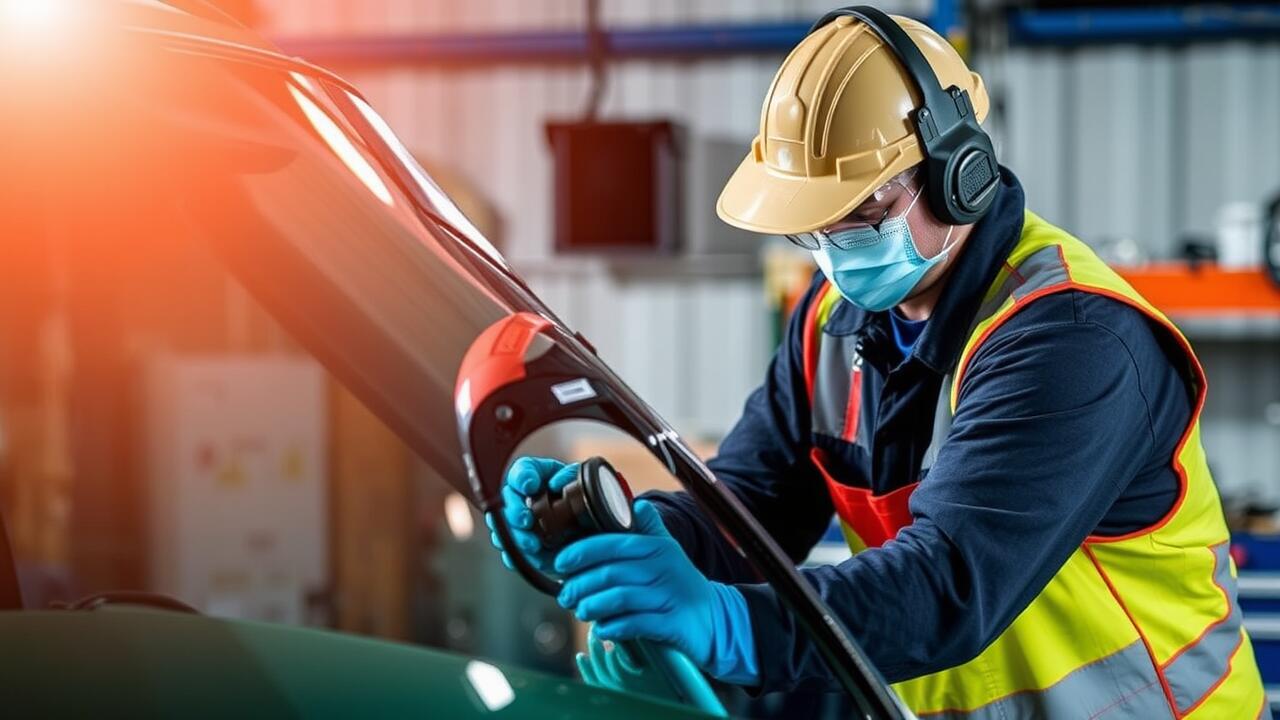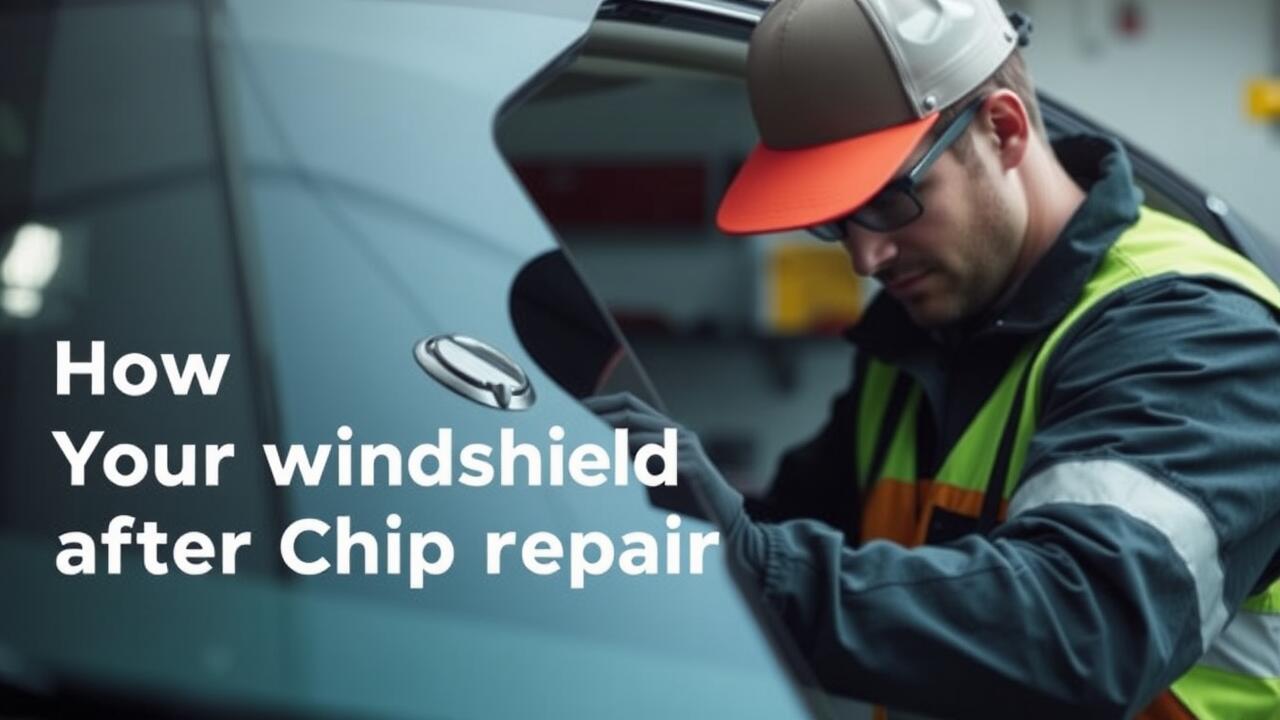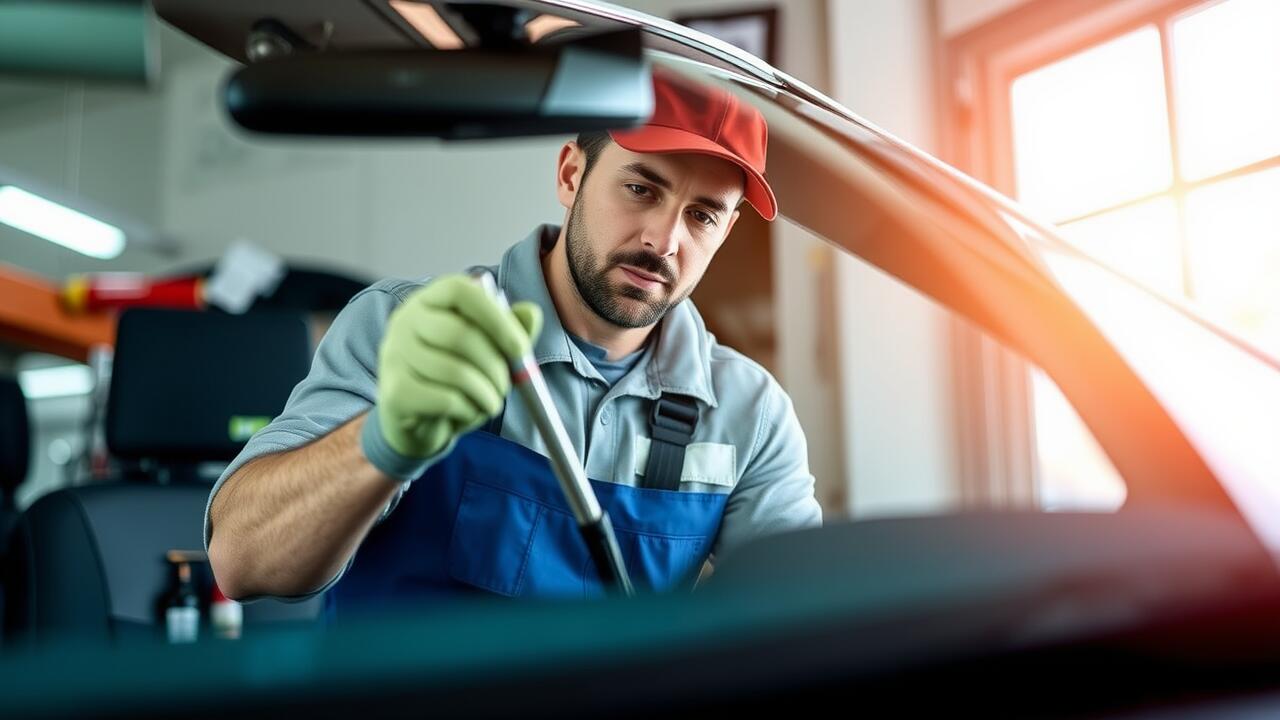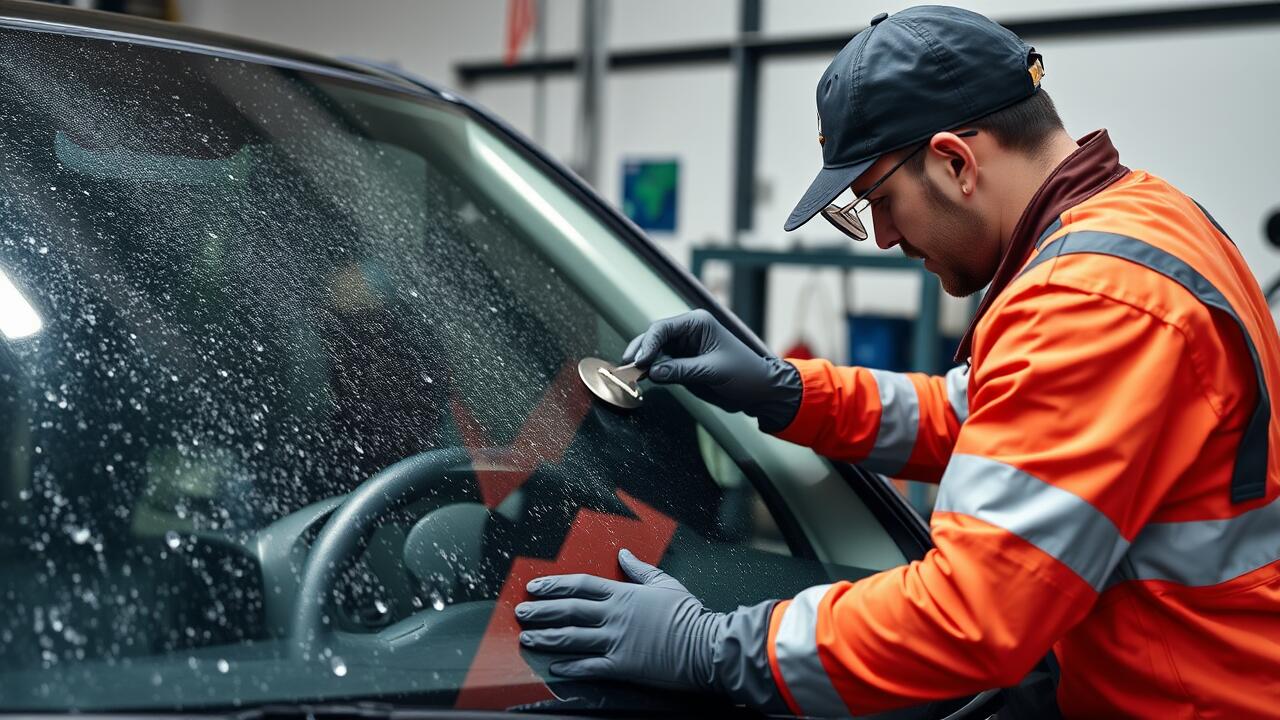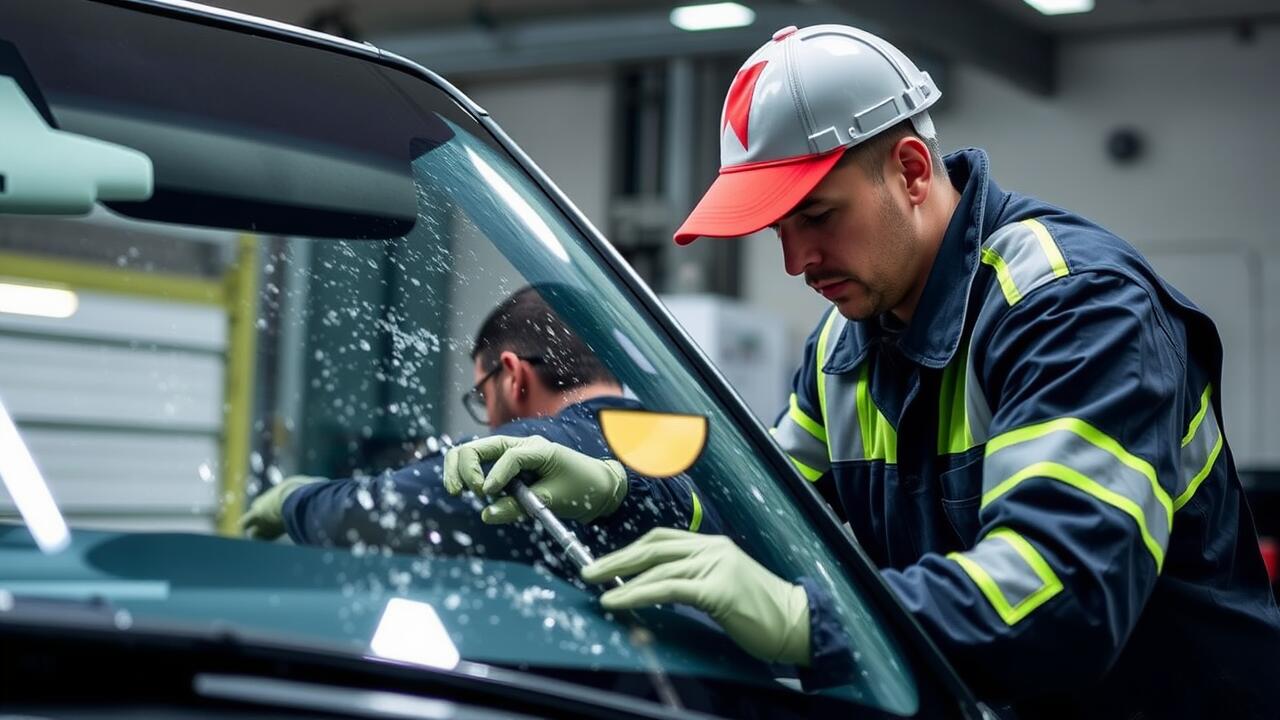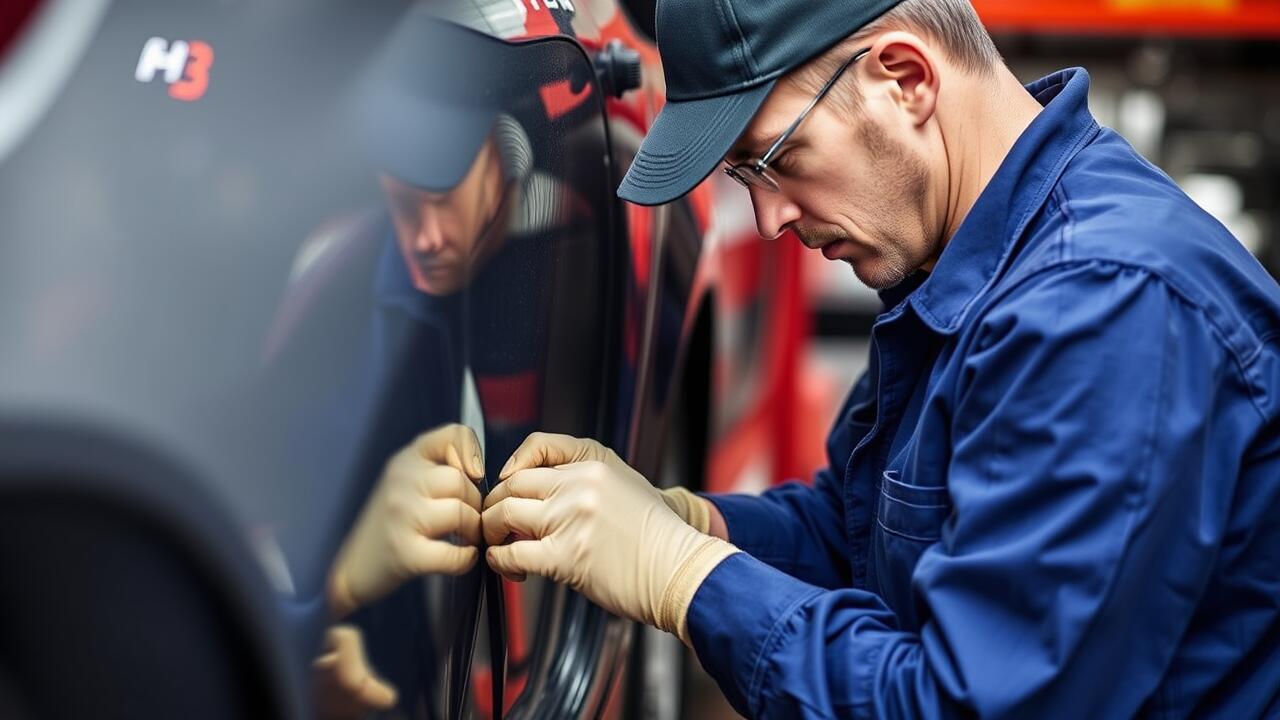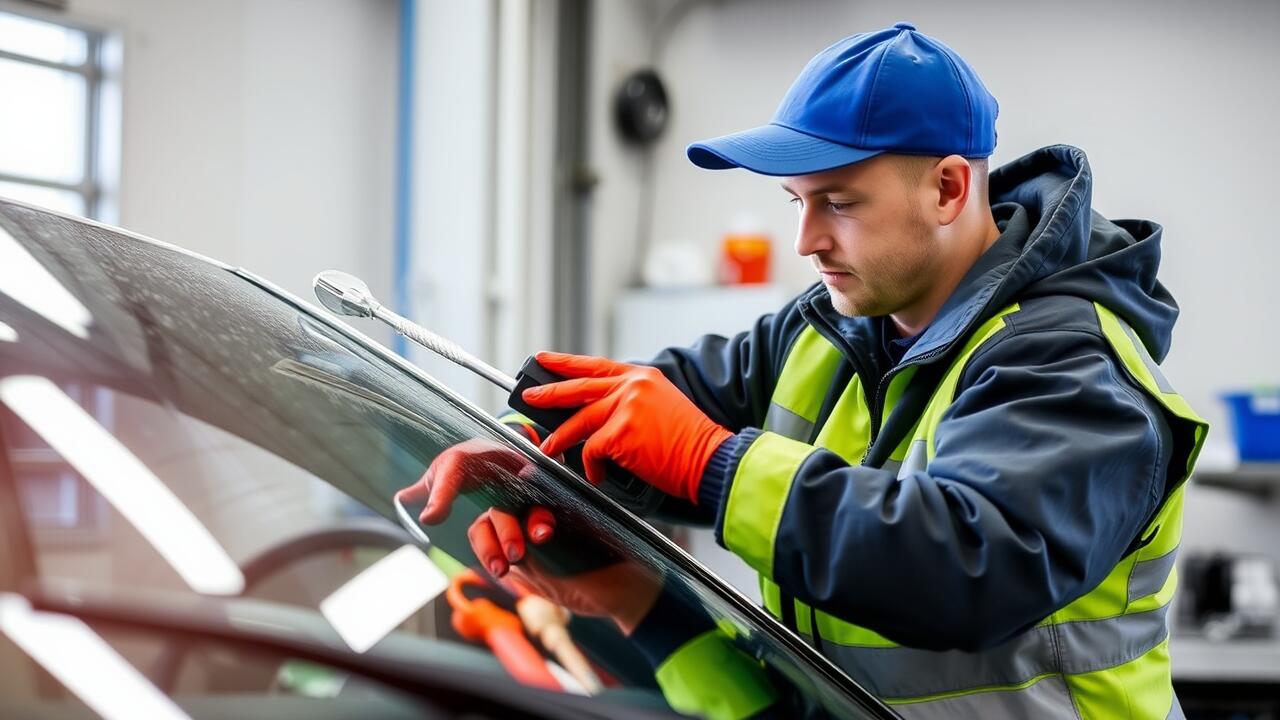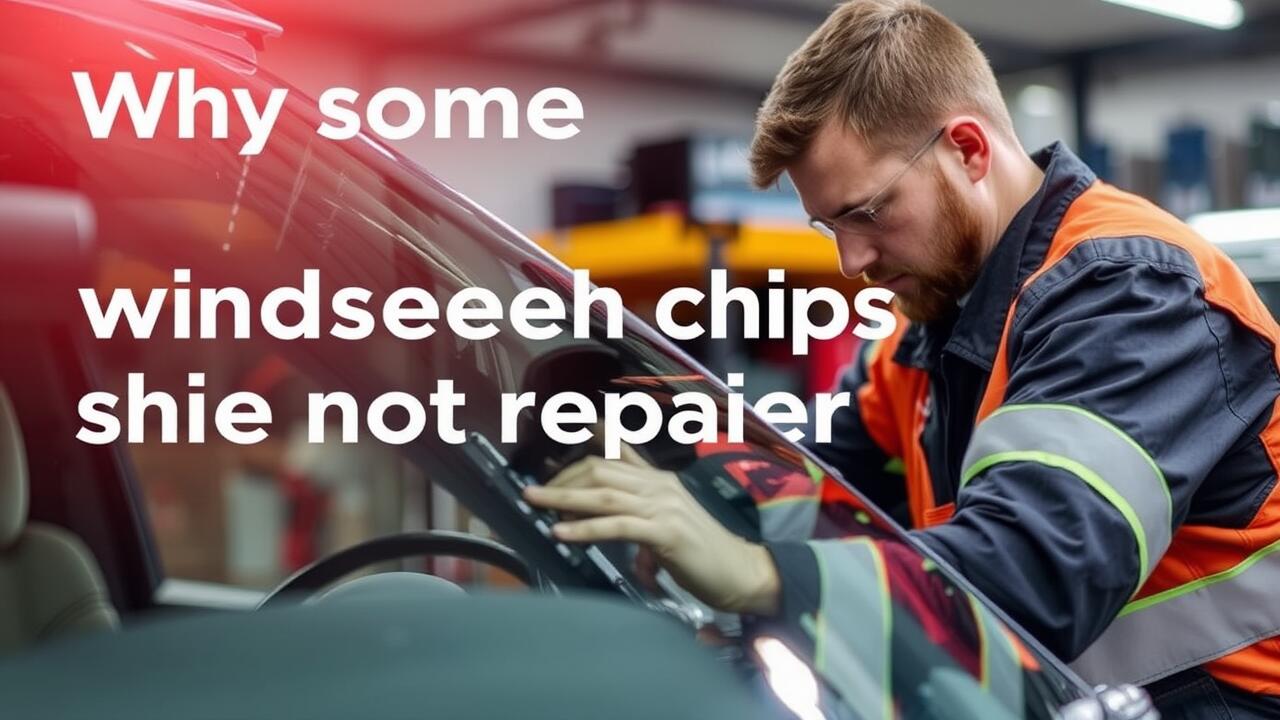
Table Of Contents
Previous Repairs
Previous repairs can significantly impact the overall integrity of a windshield. When a chip has been repaired multiple times, it creates complexities that may compromise future repair attempts. Each repair introduces a foreign substance into the glass, which can alter its structural stability. As a result, one or more repairs might create weak points, making it challenging to effectively perform chip repair on a previously compromised area.
Furthermore, the effectiveness of the initial repair also plays a pivotal role. If the earlier chip repair was not executed correctly or utilized inferior materials, it could hinder future repair processes. An inadequate fill can lead to a larger crack developing, rendering the area beyond repair. Consequently, previous repairs not only influence the potential for further remediation but also affect the safety and durability of the windshield overall.
Why Multiple Repairs Complicate the Process
Multiple repairs on a windscreen can create a range of complications that affect the effectiveness of chip repair techniques. Each repair alters the structural integrity of the glass, making it more susceptible to further damage. When multiple chips are present, the compromised areas can overlap, diminishing the clarity and durability of any subsequent repairs. This scenario not only complicates the repair process but also challenges the technician's ability to restore the windscreen to its original condition.
In addition, multiple repairs may lead to compatibility issues between different repair materials. Each chip repair might involve different resins or techniques that do not bond well with one another. This lack of cohesion can result in aesthetic inconsistencies and weak points in the glass, ultimately undermining the safety and performance of the windscreen. When multiple repairs have been attempted, the overall effectiveness may be drastically reduced, necessitating a replacement rather than a repair.
Glass Quality
The quality of the glass plays a crucial role in determining whether a windscreen chip can be repaired. High-quality glass tends to be more durable and less susceptible to damage, making it easier to restore after a chip occurs. Conversely, lower-quality glass may not withstand the repair process effectively. In cases where the glass has inherent flaws or low durability, the likelihood of a successful chip repair diminishes significantly.
Furthermore, the type of glass used in automobile windshields affects repairability. Laminated glass, commonly found in modern vehicles, features a layer of plastic sandwiched between two layers of glass. This construction not only provides enhanced safety but also allows for more successful chip repair in many instances. Tempered glass, on the other hand, is designed to shatter upon impact, which can complicate repair efforts. The overall quality and type of glass directly influence the decision-making process regarding chip repair.
The Role of Laminated vs. Tempered Glass
Laminated glass consists of two or more layers of glass bonded together, typically with a plastic interlayer. This construction provides enhanced safety, as it tends to hold together even when shattered, minimizing the risk of glass shards flying. While chip repair is possible on laminated glass, certain factors such as the size and location of the chip can impact repairability. If the damage is too extensive or close to the edges, repairs may not restore the structural integrity needed for safety.
Tempered glass, in contrast, undergoes a heating and rapid cooling process that increases its strength. This type of glass is designed to shatter into small, blunt pieces upon impact, reducing the risk of injury. Unfortunately, this characteristic complicates chip repair due to the nature of the material. Once a chip appears in tempered glass, it often indicates a weakness that could lead to larger cracks, making repairs more challenging and sometimes not feasible.
Regulations and Guidelines
Regulations and guidelines for chip repair are often established by industry standards organizations. These standards outline the types of damage that can be repaired and those that necessitate windshield replacement. Often, guidelines consider factors such as the size, depth, and location of the damage. Adhering to these regulations ensures both safety and proper functionality for the vehicle.
Insurance companies typically follow these regulations when assessing claims related to chip repair. They may require documentation or certification from professionals who perform repairs. The goal is to protect both the driver and passengers, ensuring that any repairs maintain the structural integrity of the windshield. Understanding these regulations can help drivers make informed decisions about their options for chip repair.
Standards for Repairable Damage
Standards for determining whether windscreen damage is repairable largely depend on specific criteria established by industry professionals. Factors such as the size, location, and depth of the chip play a crucial role in this assessment. A typical guideline suggests that chips smaller than a quarter can often be repaired if they are not located close to the edges or in the driver's line of sight. These parameters help ensure that any chip repair maintains the structural integrity and safety of the vehicle.
In addition to size and location, the time elapsed since the damage occurred can also affect repair options. If a chip has not been addressed promptly, moisture and dirt may infiltrate the damaged area, complicating the repair process. Such contaminants can hinder the effectiveness of the repair resin, leading to a less satisfactory outcome. Adherence to these standards is vital for both the effectiveness of chip repair and the overall safety and clarity of the windscreen.
FAQS
What are the main reasons a windscreen chip may not be repairable?
A windscreen chip may not be repairable due to previous repairs, the quality of the glass, or if the damage exceeds certain regulations and guidelines.
How do previous repairs affect the ability to repair a windscreen chip?
Previous repairs can complicate the process because they may weaken the integrity of the glass or create a larger area of damage that exceeds repairable limits.
What is the difference between laminated and tempered glass in relation to windscreen repairs?
Laminated glass consists of two or more layers of glass with a plastic interlayer, which provides better structural support and makes it more likely to be repairable. Tempered glass, on the other hand, is hardened and shatters into smaller pieces, making repairs more challenging.
Are there specific regulations that determine whether a windscreen chip can be repaired?
Yes, there are standards and guidelines that dictate the size, location, and depth of damage to determine if a windscreen chip is eligible for repair. Damage that affects the driver’s line of sight or exceeds certain dimensions typically cannot be repaired.
Can all windscreen chips be repaired regardless of their size?
No, not all windscreen chips can be repaired. Chips larger than a quarter or those that have penetrated multiple layers of glass are often deemed non-repairable due to safety concerns and structural integrity.
